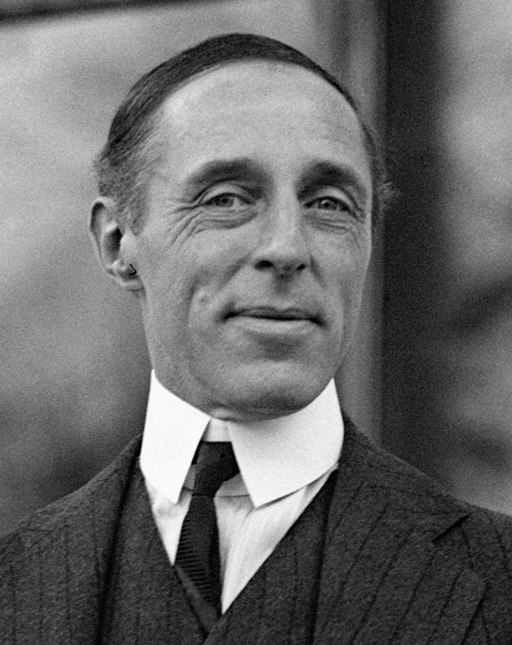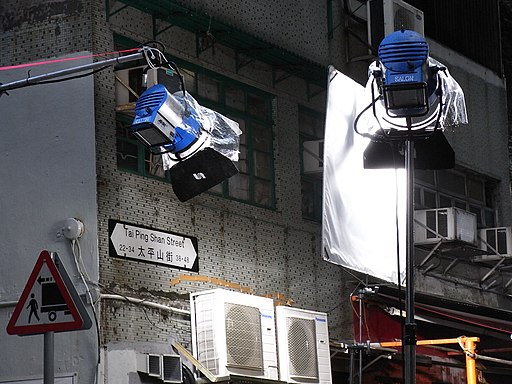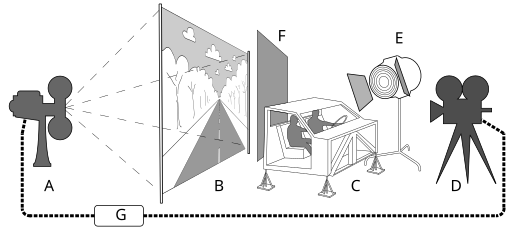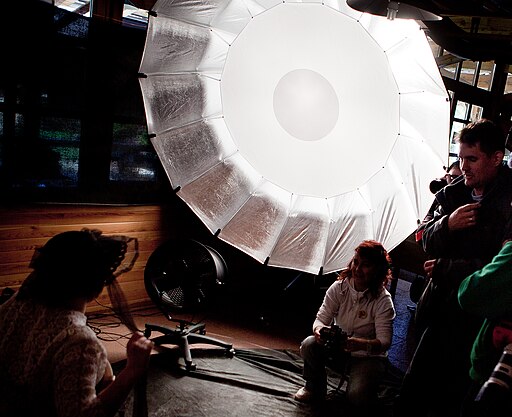WORKPRINT STUDIOS BLOG POST #5 - Film Lighting
Filmmaking Blog
Welcome to the Workprint Studios Blog.
WORKPRINT STUDIOS BLOG POST #5 - Film Lighting
The Importance of Lighting in Filmmaking
Lighting is a crucial aspect of filmmaking that can significantly impact the quality of a film. Since the earliest days of cinema, filmmakers have been experimenting with lighting to create mood and emotion in their films. Understanding the different types of lighting, such as key lighting, fill lighting, backlighting, side lighting, practical lighting, natural lighting, hard lighting, and soft lighting, is essential for any filmmaker who wants to create visually stunning and emotionally engaging films.
Factors Affecting the Quality of Light
Several factors affect the quality of light used in filmmaking, including Color Rendering Index (CRI), Color Temperature, lumens, watts, candle, tungsten, fluorescent, daylight, moonlight, backlight, Quartz Halogen, Tungsten Halogen, HMI, LED, and Luminous efficacy. These factors play a crucial role in creating the desired look and feel of a scene.
Elements that Affect the Quality of Light
Apart from lighting equipment, other elements such as mirrors and reflection, screens, barn doors, smoke, fog, mist, overcast, and full light can also affect the quality of light and add depth and texture to the scene. The ability to control and manipulate light is essential for any filmmaker who wants to create a masterpiece.
Roles Involved in Lighting on Set
On set, the Director of Photography (DP), the Gaffer, the Best Boy, and the Electricians are the major roles involved in lighting. The DP is responsible for designing the lighting scheme and directing the Gaffer and the Electricians to achieve the desired look. The Gaffer is responsible for setting up and controlling the lights on set, while the Best Boy assists the Gaffer.
The Art of Lighting in Filmmaking
Lighting is an art form that can transform a scene, create mood and emotion, and captivate an audience. The use of shadows and highlights can create a sense of depth and texture while highlighting the important elements in the scene. The right lighting can enhance the visual appeal of a film and evoke specific emotions in the audience.
Types of Lighting in Filmmaking
Tungsten lighting is a popular option for filmmakers because of its warm color temperature and high CRI, which can enhance skin tones and create a cozy atmosphere. Fluorescent lighting is known for its cool color temperature and high luminous efficacy, making it an efficient and cost-effective option for larger sets. Daylight and moonlight are natural light sources that can add realism and authenticity to a film, while backlighting can be used to create depth and separation between actors and the background. Quartz Halogen and Tungsten Halogen lighting are both tungsten-based light sources that are known for their high output and color temperature stability.
Conclusion
In conclusion, lighting is an essential component of filmmaking that can make or break the overall quality of a film. Understanding the history and ideology of film lighting, the different types of lighting, and the major roles involved in lighting on set is crucial for any filmmaker who wants to create visually stunning and emotionally engaging films. The use of lighting in filmmaking is an art form that has the power to transform a scene, create mood and emotion, and captivate an audience.
DID YOU KNOW?
- Did you know that the first successful photograph was taken by Joseph Nicéphore Niépce in 1826, using a camera obscura and an eight-hour exposure time?
- Did you know that the International Organization for Standardization (ISO) was established in 1947 to standardize film sensitivity ratings, with ISO 100 being the standard for daylight photography?
- Did you know that shutter speed controls the amount of time the camera's sensor is exposed to light and can be used creatively to capture motion or create blur effects?
- Did you know that the aperture controls the amount of light that enters the camera and affects depth of field, with a wider aperture creating a shallower depth of field?
- Did you know that the first color film was developed in 1908 by the Lumière brothers, using a process called Autochrome that used dyed grains of potato starch to filter light onto the film?
- Did you know that the first digital camera was invented by Steven Sasson of Kodak in 1975 and weighed almost 4 kg, but had a resolution of only 0.01 megapixels?
- Did you know that the first commercially successful instant camera, the Polaroid Model 95, was introduced in 1948 and used a chemical process to develop the image on the spot?
Where you can find us.










